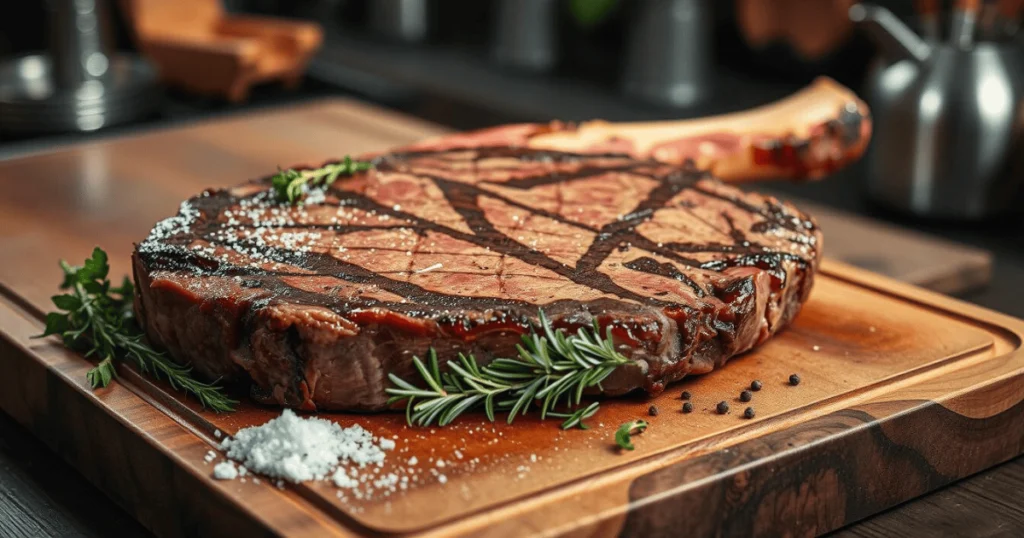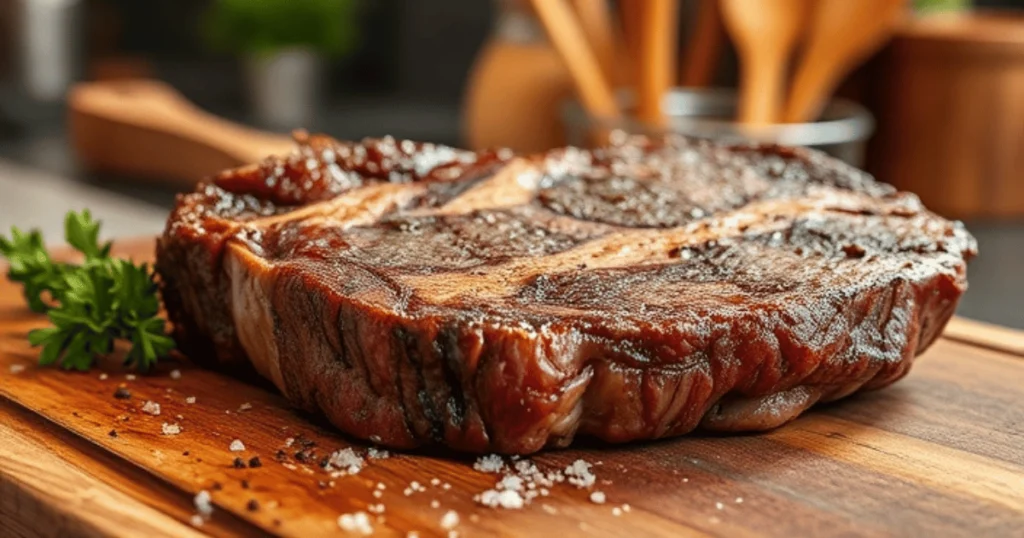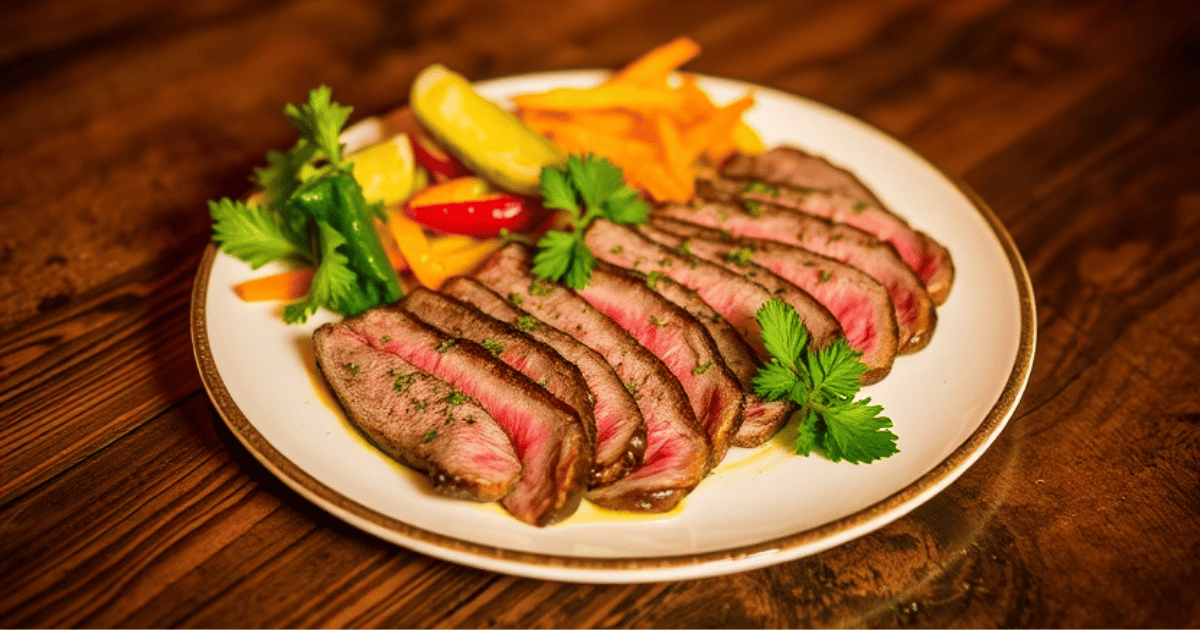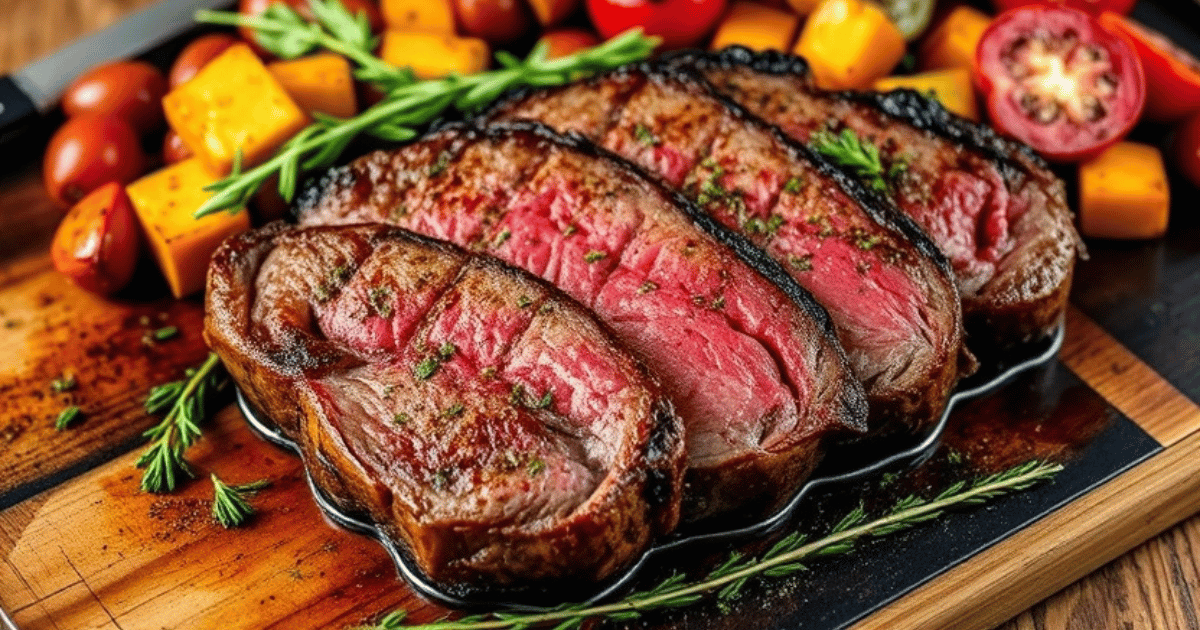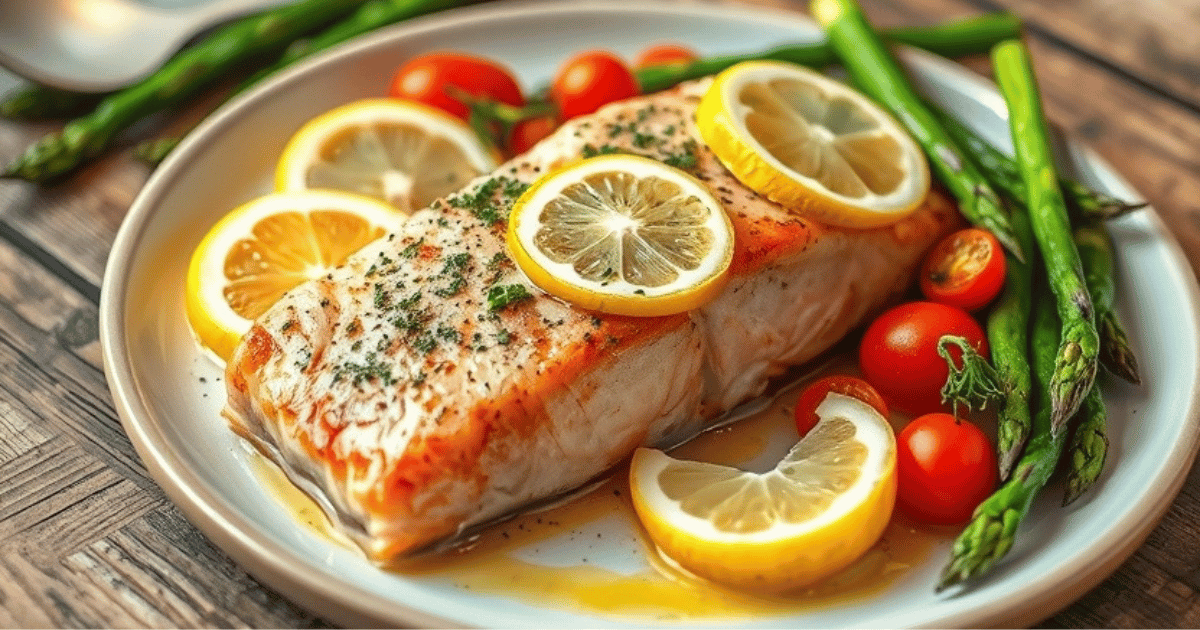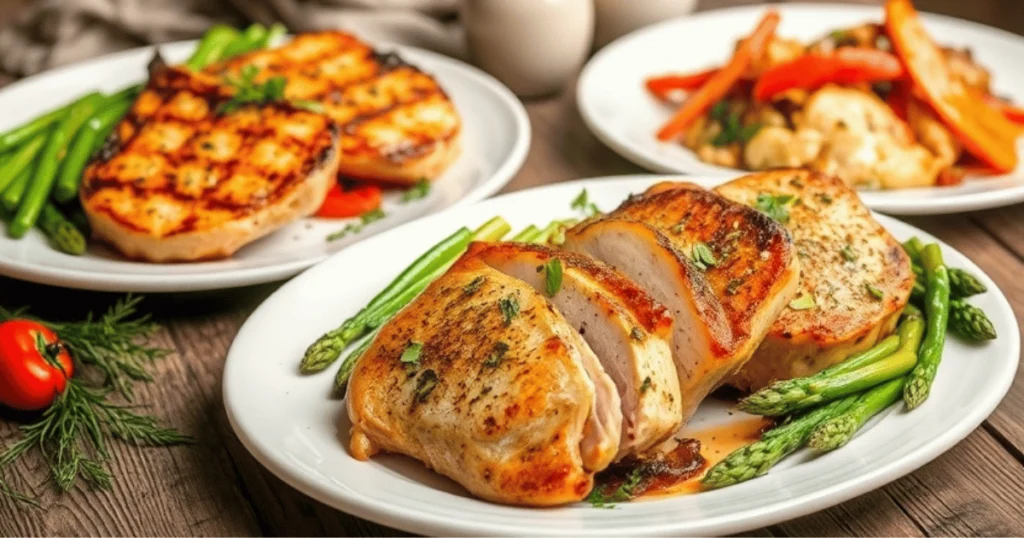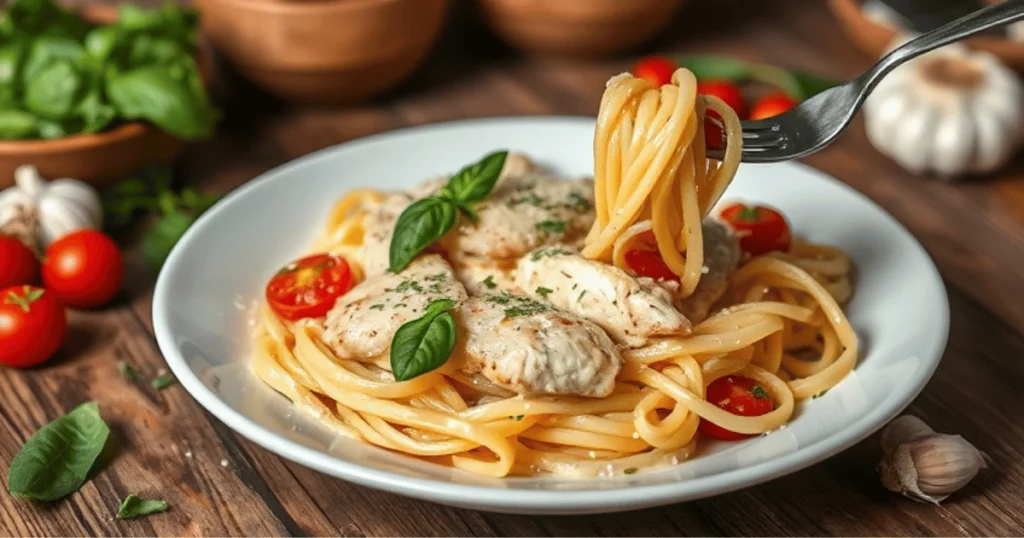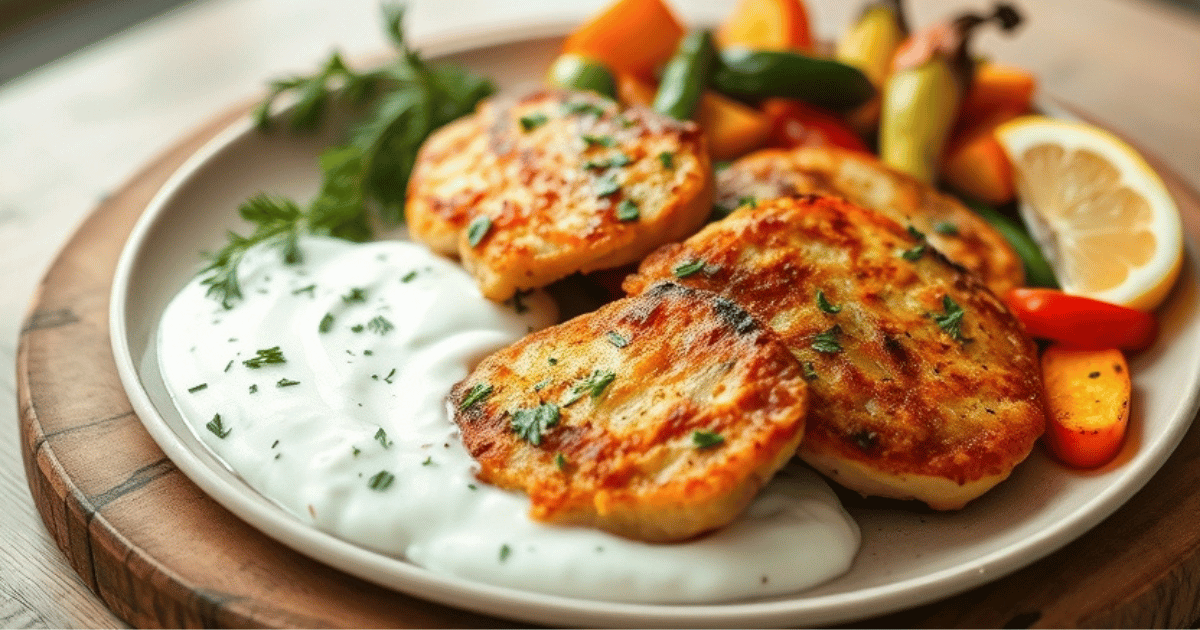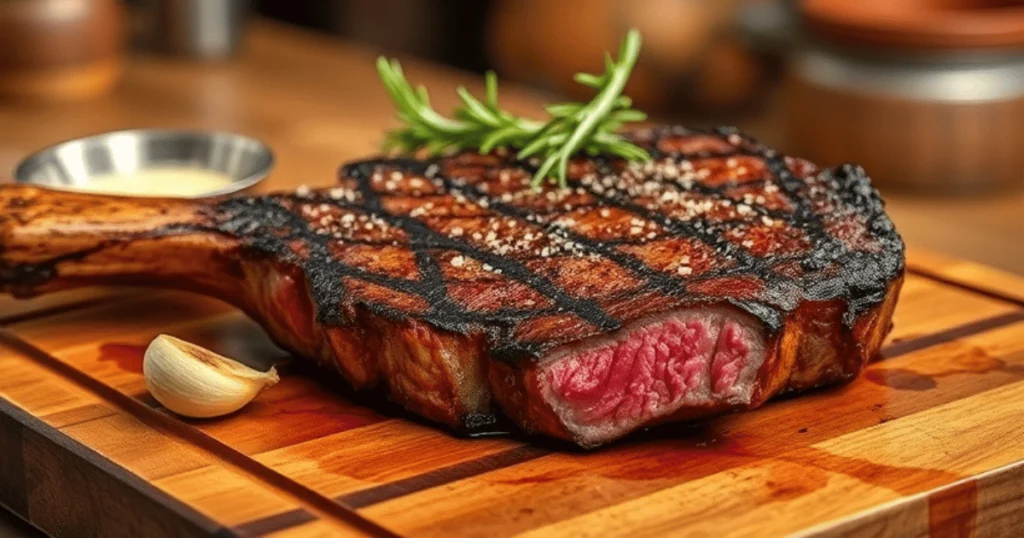
The tomahawk steak, a showstopper for any occasion, is a premium cut renowned for its elegance, exceptional flavor, and dramatic presentation. This guide will delve into the unique characteristics of the tomahawk, exploring its history, the art of selection, and expert cooking techniques.
Whether you’re a seasoned griller or just starting your culinary journey with premium beef, this guide will equip you with the knowledge to elevate your steak-cooking game. Discover the secrets behind the tomahawk’s signature long-bone, its exquisite marbling, and the meticulous process that brings this masterpiece to your plate.
Prepare to embark on a culinary adventure that will tantalize your taste buds and leave you with a newfound appreciation for this truly extraordinary cut of beef.
The Story and History of the Tomahawk Steak
A Modern Icon with Ancient Roots
Despite the glamorous display of the tomahawk steak and indeed for those who deem it as relatively new in preparation it is actually quite the contrary. It was customary to leave the rib bone on while butchering for centuries, and the most likely reasons for this are entirely functional – the bone itself acts as a handle that is useful for carrying and roasting huge chunks of meat.
The Cowboy Connection
While the tomahawk steak’s modern name and status has its roots from with American cowboys. Cowboys of the 19th century often cooked for themselves outdoors and since the bone of the rib is long, it was ideal for holding the meat up to roast directly over the fire. It also probably played a part in the tomahawk steak to be attributed with the Western themes inside the United States of America.
A Culinary Renaissance
In recent decades, the tomahawk steak has experienced a resurgence in popularity, thanks in part to its dramatic presentation and the growing interest in high-quality, well-marbled beef. Today, it is a staple on the menus of upscale steakhouses and a favorite among home cooks seeking a truly impressive centerpiece for their meals.
A Symbol of Indulgence
Tomahawk steak is also popular as an example of people focusing more not just on what they are eating, but how it makes them feel. Due to its aesthetic look and taste, it is associated with luxury and means turning an ordinary meal into some kind of feast.
From Humble Origins to Modern Icon
Thus, the tomahawk steak’s journey from a practical method of butchering and cooking to a modern culinary icon is a testament to its enduring appeal. Its combination of history, tradition, and impressive presentation continues to captivate meat lovers around the world.
What Makes a Tomahawk Steak Special
The tomahawk steak is a showstopper for any meat lover, a premium cut of long bone ribeye that boasts exceptional quality and a truly distinctive appearance.
A Dramatic Presentation:
The most striking feature of the tomahawk is its dramatic long bone, extending several inches beyond the meat. This not only creates a visually stunning presentation but also plays a crucial role in maintaining the meat’s moisture and flavor during cooking.
Premium Ribeye at its Finest:
At the heart of the tomahawk lies a premium cut of long bone ribeye, renowned for its exceptional tenderness and rich, beefy flavor. The ribeye’s natural marbling further enhances its juiciness and imparts a depth of flavor.
Marbling: A Flavor Symphony:
The generous marbling throughout the tomahawk steak is key to its unique flavor profile. This interlacing of fat not only adds richness but also helps to keep the meat incredibly moist and tender as it cooks, creating a truly unforgettable flavor experience.
Understanding the Butchering Process
The journey of a tomahawk steak begins long before it graces your plate. This exceptional cut of beef is born from a meticulous butchering process that carefully preserves its unique characteristics. Let’s delve into the art of creating a tomahawk steak, from the initial cut to the final, showstopping product.
From Rib Primal to Culinary Masterpiece
The tomahawk steak originates from the prized rib primal of the beef, specifically the renowned rib eye section. This area is celebrated for its exquisite marbling and unparalleled tenderness. Skilled butchers meticulously extract the rib eye while preserving a substantial portion of the rib bone, known as a “French-cut” rib.
The Significance of the Long Bone
The long rib bone is the defining feature of the tomahawk steak. It not only creates a dramatic visual impact but also serves a practical purpose. The bone helps to conduct heat evenly during cooking, ensuring optimal tenderness and flavor. Additionally, the long bone provides a convenient and secure handle, making it easier to maneuver and grill the steak.
Quality Standards and Grading
The quality of a tomahawk steak is determined by its USDA grade, which reflects the amount of marbling and overall tenderness.
- Prime: The pinnacle of beef quality, Prime-grade steaks boast exceptional marbling, resulting in unparalleled flavor and juiciness.
- Choice: A highly desirable grade, Choice-grade steaks offer excellent quality at a more accessible price point.
Understanding these grading standards empowers you to make informed choices when selecting the finest tomahawk steak for your culinary endeavors.
Selecting the Perfect Tomahawk Steak
Choosing the right tomahawk steak is crucial for an unforgettable dining experience. When navigating the meat counter or consulting with your local butcher, keep an eye out for these essential quality indicators to ensure you select the finest fresh beef.
Color: A Visual Cue to Freshness
First and foremost, assess the color of the meat. A premium tomahawk steak should display a deep, vibrant red hue, indicative of freshness and high quality. Avoid steaks with a dull, gray, or discolored appearance, as these may be past their prime.
Marbling: The Key to Flavor and Tenderness
Next, scrutinize the marbling – the intricate network of white fat that permeates the meat. The best tomahawk steaks boast abundant, evenly distributed marbling. This intramuscular fat plays a pivotal role in enhancing the steak’s flavor and ensuring exceptional tenderness. The more marbling, the richer and more flavorful the steak will be.
- Aim for: A well-marbled appearance with fine, delicate streaks of white fat throughout the meat.
- Avoid: Steaks with large, thick fat pockets, which can leave an overly greasy mouthfeel.
Origin and Freshness: Inquiring Minds Want to Know
When making your selection, consider the origin and freshness of the beef. Don’t hesitate to inquire about the source of the steak and how recently it was cut. Fresh beef offers superior flavor and a more vibrant eating experience.
Consult the Expert: Your Butcher
Finally, leverage the expertise of your butcher. They are a valuable resource for selecting the ideal tomahawk steak. Feel free to ask questions about grading systems (such as USDA Prime and Choice), aging techniques, and optimal cooking methods. Their guidance will empower you to make an informed decision and ensure a truly memorable culinary experience.
Preparing Your Tomahawk for Culinary Triumph
Proper preparation is paramount to unlocking the full flavor potential of your premium tomahawk steak. Before you embark on the cooking journey, follow these key steps to ensure an unforgettable dining experience.
1. Embrace Room Temperature:
Allow the steak to gradually warm to room temperature, approximately 30-45 minutes before cooking. This gradual warming ensures even cooking and helps prevent cold spots within the meat.
2. Pat it Dry:
Thoroughly pat the steak dry with paper towels. This crucial step removes excess moisture, facilitating a superior sear and preventing unwanted steaming during the cooking process.
3. Season to Taste:
Season the steak generously with your preferred seasonings. A simple combination of salt and freshly ground black pepper is always a classic choice. Alternatively, experiment with more complex spice rubs or marinades. However, remember to exercise restraint, allowing the steak’s natural flavors to shine through.
Enhance with Dry Aging (Optional):
For an even more intense flavor experience, consider dry-aging the steak for 14-28 days prior to cooking. This process concentrates the beef’s umami flavors, resulting in exceptional tenderness and a uniquely complex taste.
4. Elevate Your Steak Game:
By diligently following these simple yet crucial preparation steps, you’re well on your way to achieving a truly exceptional culinary experience. Enjoy the succulent, flavorful rewards of your perfectly prepared tomahawk steak.
Perfect Tomahawk Steak Temperature Guide
Understanding steak temperatures is crucial for achieving steakhouse-quality results with your tomahawk steak. Here’s your definitive temperature guide for this premium cut:
Essential Tomahawk Steak Temperature Chart
- Rare: 120-125°F (49-52°C) – Deep red center, seared exterior
- Medium-Rare: 130-135°F (54-57°C) – Warm red center, steakhouse standard
- Medium: 140-145°F (60-63°C) – Pink center, firmer texture
- Medium-Well: 150-155°F (66-68°C) – Slight pink center
- Well-Done: 160°F+ (71°C+) – Brown throughout
Pro Tip: The Resting Phase
Always rest your tomahawk steak for 10-15 minutes after cooking. During this time:
- Temperature rises 5-10°F through carryover cooking
- Meat fibers reabsorb juices for maximum flavor
- Final texture becomes more tender and succulent
Remember to use a reliable meat thermometer for accurate temperature readings, ensuring your premium tomahawk steak reaches your desired doneness level every time.
Grilling Methods for Tomahawk Steak
Cooking a tomahawk steak right needs the right grilling skills. You can use direct or indirect grilling. Each method has its own way to make your steak juicy and full of flavor.
Direct Heat Grilling
Direct heat grilling is perfect for tomahawk steak. It creates a tasty crust on the outside and keeps the inside juicy. Start by heating your grill to high. Then, place the steak on the hot grates.
Sear the steak for 2 to 3 minutes on each side. Turn it 45 degrees halfway to get those nice grill marks.
Indirect Heat Grilling
Indirect heat grilling is great for a gentle, even cook. Place the steak away from the flames. This method cooks the steak slowly and evenly, making it tender and juicy.
Keep the temperature steady to ensure even cooking. Adjust it as needed.
| Grilling Technique | Temperature Range | Cooking Time | Ideal Doneness |
|---|---|---|---|
| Direct Heat | High (450°F – 550°F) | 10-15 minutes | Medium-rare to medium |
| Indirect Heat | Medium (350°F – 450°F) | 20-30 minutes | Medium-rare to medium-well |
Choosing the right grilling method is key. Always check the steak’s internal temperature. Adjust the cooking time to get your steak just right. With the right grilling techniques, you can make a direct heat or indirect heat masterpiece every time.
Tomahawk Steak Reverse Sear Method
Steps for Perfect Reverse Sear
- Season steak generously
- Cook at 275°F (135°C) on a wire rack
- Monitor until 10-15°F below target temperature
- Rest 5-10 minutes
- Sear 1-2 minutes per side on high heat
Critical Temperature Tips
- Use digital meat thermometer for accuracy
- Keep oven door closed to maintain 275°F
- Let steak rest before and after searing
Pro Chef Secrets
- Place on elevated rack for even air circulation
- Pat dry before final sear for optimal crust
- Rest on wire rack to prevent moisture buildup
- Final high-heat sear creates steakhouse-quality crust
This reverse sear technique delivers consistent results with the signature steakhouse combination: crusty exterior, tender interior, edge-to-edge evenness.
Ultimate Tomahawk Steak Seasoning
Premium Steak Rubs
- Classic Mix: Garlic + onion powder + black pepper
- Herb Blend: Fresh rosemary + thyme + smoked paprika
- Application: Coat generously, massage into meat
Best Marinades
| Type | Ingredients | Flavor Profile |
|---|---|---|
| Classic | Olive oil + balsamic + Worcestershire | Rich & tangy |
| Asian | Soy + ginger + garlic + brown sugar | Sweet-umami |
| Citrus | Lemon + Dijon + herbs | Bright & zesty |
| Craft Beer | Dark ale + honey + garlic | Bold & malty |
Pro Tips:
- Minimum marination: 30 minutes
- Optimal flavor: 24 hours
- Pat dry before cooking
- Season again before grilling
This combination of rubs and marinades enhances your tomahawk steak’s natural flavors without overpowering its premium taste.
Tomahawk Steak Side Dishes: Classic & Modern Pairings
Traditional Sides
- Garlic mashed potatoes
- Herb-roasted fingerlings
- Sautéed asparagus with brown butter
- Brussels sprouts with bacon
- Glazed baby carrots
Contemporary Accompaniments
- Cauliflower steaks + chimichurri
- Wild mushroom polenta
- Roasted beet quinoa salad
- Spiced maple sweet potato wedges
Perfect Pairing Guide
| Side Type | Texture | Flavor Profile |
|---|---|---|
| Potatoes | Creamy/Crispy | Rich, buttery |
| Vegetables | Tender-crisp | Fresh, seasonal |
| Grains | Light, fluffy | Earthy, complex |
Pro tip: Combine one creamy, one crispy, and one vegetable side for optimal texture contrast with your tomahawk steak.
Essential Mistakes to Avoid
Temperature Control
- Monitor internal temp with meat thermometer
- Avoid overcooking – leads to dry, tough meat
- Follow doneness temperature guidelines
- Let steak come to room temperature before cooking
Seasoning Guidelines
- Season generously with salt and pepper
- Apply seasoning 30-60 minutes before cooking
- Pat dry before applying rubs
- Don’t overpower natural beef flavor
Critical Rest Period
| Stage | Time | Why Important |
|---|---|---|
| Pre-cooking | 30-60 min | Even temperature |
| Post-cooking | 10-15 min | Juice redistribution |
Common Errors
- Cooking cold steak
- Skipping rest period
- Under-seasoning
- Not using thermometer
- Cutting immediately after cooking
Monitor temperature, season properly, and respect rest periods for steakhouse-quality results.
Conclusion
Embarking on your journey to master the tomahawk steak has surely been a rewarding experience. Now, you’re well-versed in the distinctive qualities of this premium cut and equipped with the knowledge to cook it to perfection.
As you reflect on your learning, savor the satisfaction of creating a delectable dish at home. You’ve delved into butchering, temperature control, and seasoning, allowing you to showcase your culinary prowess to family and friends.
Embrace the adventure of experimenting and enhancing your skills. Remember, the joy of mastering the tomahawk steak lies in the journey, not just the final dish. Embark on this culinary adventure and relish the delicious rewards it brings.
FAQs
What is a tomahawk steak?
A tomahawk steak is a superior beef cut featuring a long, French-trimmed rib bone that adds to its striking presentation. Cut from the rib primal, it boasts excellent marbling, tenderness, and a rich, flavorful taste.
Why is the tomahawk steak considered a special cut?
The tomahawk steak’s uniqueness comes from its long, frenched rib bone, high-quality ribeye meat, and remarkable marbling, which combine to deliver exceptional flavor and tenderness.
How did the tomahawk steak gain its popularity?
Recently, the tomahawk steak has risen in popularity, becoming a staple in upscale steakhouses and gourmet restaurants. Its dramatic appearance and top-tier quality appeal to steak enthusiasts seeking a luxurious dining experience.
What is the butchering process for a tomahawk steak?
The tomahawk steak originates from the rib primal, with the long bone left intact and frenched to reveal the full rib. This method enhances the steak’s visual appeal while preserving its tenderness and flavor.
How do I select a high-quality tomahawk steak?
When choosing a tomahawk steak, look for a rich, deep red color and abundant marbling. Ensure the bone is clean and the fat cap remains intact. Consider the steak’s source and freshness as well.
What tools do I need to cook a tomahawk steak?
You’ll need a reliable grill or oven to cook a tomahawk steak, along with a meat thermometer to monitor internal temperature. Tools for flipping and handling the steak are essential, and proper storage containers help keep it fresh.
How do I properly prepare a Tomahawk steak for cooking?
Allow the tomahawk steak to reach room temperature before cooking. Pat it dry and season it lightly. Dry aging can further enhance the steak’s flavor and texture.
What internal temperature should I cook a tomahawk steak to?
The ideal internal temperature for a tomahawk steak depends on your preferred doneness:
- Rare: 125°F
- Medium-rare: 130-135°F
- Medium: 140-145°F
- Medium-well: 150-155°F
Always allow the steak to rest for 5 to 10 minutes after cooking.
What are the best grilling methods for a tomahawk steak?
Grill tomahawk steaks using both direct and indirect heat. Direct heat sears the steak, while indirect heat cooks it to the desired doneness. The reverse sear method, combining these techniques, yields excellent results.
What are some good seasoning and marinade options for a tomahawk steak?
Season tomahawk steaks with salt, pepper, garlic, rosemary, and thyme. Marinades can add extra flavors, but be cautious not to overpower the steak.
What side dishes go well with tomahawk steak?
Ideal side dishes for a tomahawk steak include roasted potatoes, creamy mashed potatoes, grilled asparagus, and sautéed mushrooms. Modern options like roasted Brussels sprouts, sweet potato fries, or a fresh salad also pair wonderfully.
What beverages go well with a tomahawk steak?
Pair tomahawk steaks with bold red wines such as Cabernet Sauvignon, Malbec, or Shiraz. Craft beers with hoppy or malty profiles also complement the steak. Whiskey-based cocktails or Old Fashioneds are excellent choices too.
What are the common mistakes to avoid when cooking tomahawk steak?
Avoid overcooking, under-seasoning, and skipping the resting period. Proper temperature management, consistent seasoning, and allowing the steak to rest are crucial for the best outcome.
How should I store and handle leftover tomahawk steak?
Wrap leftover tomahawk steak tightly in plastic wrap or aluminum foil and refrigerate for up to 3-4 days. Reheat it gently in the oven or a skillet. Leftover steak is perfect for steak sandwiches or beef hash.



